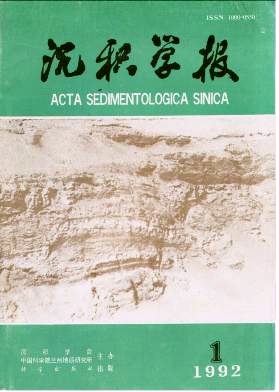Palaeogeography and the Related Problems of Palaeoresiduum Fades bauxite of Carboniferous, China
- Received Date: 1990-05-26
- Publish Date: 1992-03-10
Abstract: Most of the bauxites (98%) in China are palaeoresiduum (old-weathered crust) facies bauxite, more than 80% of which is carboniferous and 19% Permian. Early Carboniferous palaeoresiduum facies bauxite dietribute in the Upper Yangtz palaeo-continent and Lanzhou-Xining palaeo-continent (Fig. 1) There are four subfacies in the Yangtz ( Fig. 2), and one in Lanzhou-Xining. Last Carboniferous palaeoresiduum facies bauxite distribute in North-China palaeo-continent with three subfacies (Fig.5) and the weatern margin of Tarim palaeo-continent (Fig.3) with one subfacies.The texture and structure of the bauxite ores, such as clastes. conglomerates, boulders and pisolites, oolites, nodules, concretions have the features of weathering and different from those sedimented in water bodies.There are no authigenic minerals and fossiles of hydrobios.Thus, it can be deduced that the ores are palaeoresiduum facies bauxite, and all of which where made of residual bauxite sabetance (laterite bauxite). On the palaeo- continents, autochthonous residure subfacies bauxite, distributed around the drainage divide; Near the drainage divide of the old allochthonous accumulated subfacies bauxite and / or fresh or saline water sedimented subfacies bauxite distributed near the sea shore; and between them was the meta- autochthenous accumulated subfacies bauxite (Fig.2).All of the residual bauxite subfacies were formed under meteovic conditions.As for the traneportation of residual bauxijic substances, it can be subdivided into dry ransporlation and wet transportation on the palaeocontinent, the former wae transportated by monsoon gravity in arid season, and the later was wet traneportaled as densive flow by runoff in rainy season.
| Citation: | Liao Shifan. Palaeogeography and the Related Problems of Palaeoresiduum Fades bauxite of Carboniferous, China[J]. Acta Sedimentologica Sinica, 1992, 10(1): 1-10. |






 DownLoad:
DownLoad: